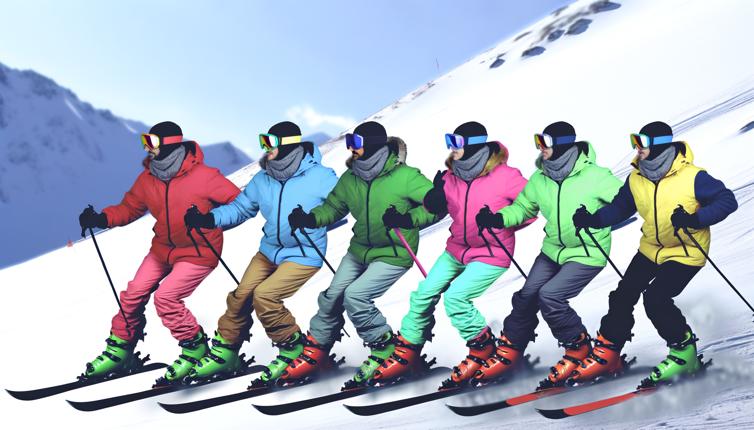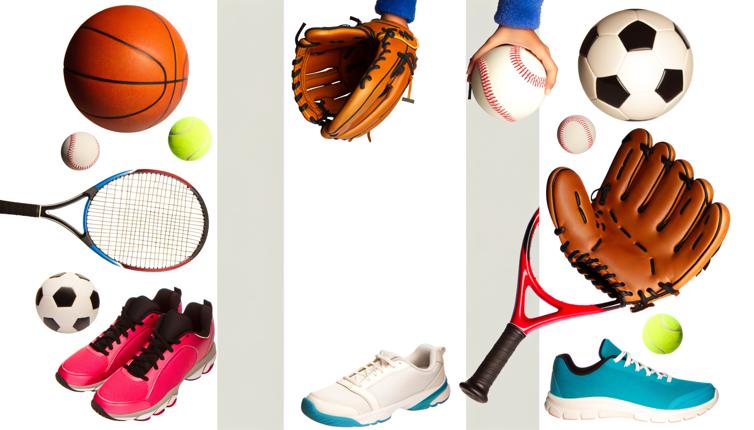Types of Skis
Before diving into the selection process, let's familiarize ourselves with the different types of skis available. There are three main types:,1. All-Mountain Skis: These skis are versatile and suitable for various terrains. They provide stability and control, making them a popular choice for most skiers.,2. Powder Skis: Designed for deep snow and off-piste adventures, powder skis are wider and have a unique shape that helps skiers float on top of the snow.,3. Carving Skis: If you love making precise turns on groomed slopes, carving skis are the way to go. They have a narrow waist and are designed for fast, precise skiing.,Understanding the different types of skis will help you narrow down your options and choose the right skis for your skiing style and preferences.
Consider Your Skill Level
Your skill level is an essential factor in selecting the perfect skis. Here are some general guidelines:,1. Beginner Skiers: If you're new to skiing or still developing your skills, look for skis that are forgiving and easy to maneuver. Consider skis with a softer flex and shorter length for added stability.,2. Intermediate Skiers: Intermediate skiers should look for skis that offer a balance between stability and agility. Consider skis with a medium flex and length that matches your height and weight.,3. Advanced Skiers: Advanced skiers can opt for skis with a stiffer flex and longer length for increased performance and control. These skis are designed to handle higher speeds and more challenging terrains.,Remember, selecting skis that match your skill level will enhance your skiing experience and allow you to progress with confidence.
Terrain and Conditions
The type of terrain you'll be skiing on and the prevailing conditions should also influence your ski selection. Here are a few considerations:,1. Groomed Slopes: If you primarily ski on groomed slopes, carving skis are a popular choice. Their narrow waist and sidecut provide excellent edge grip and maneuverability on packed snow.,2. Off-Piste and Powder: For off-piste adventures and deep powder skiing, consider powder skis. Their wider profile and rocker technology help you stay on top of the snow and provide better floatation.,3. All-Mountain Versatility: If you enjoy exploring different terrains, all-mountain skis are a versatile choice. They can handle a variety of conditions, from groomed slopes to ungroomed trails.,Match your skis to the terrain and conditions you'll encounter to ensure optimal performance and enjoyment during your skiing expedition.
Conclusion
Selecting the perfect skis for your skiing expedition is crucial for a memorable and enjoyable experience. By understanding the different types of skis, considering your skill level, and taking into account the terrain and conditions, you can make an informed decision. Remember to try out different skis and seek advice from professionals if you're unsure. With the right skis, you'll be ready to hit the slopes in style and carve your way down the mountains with confidence!








